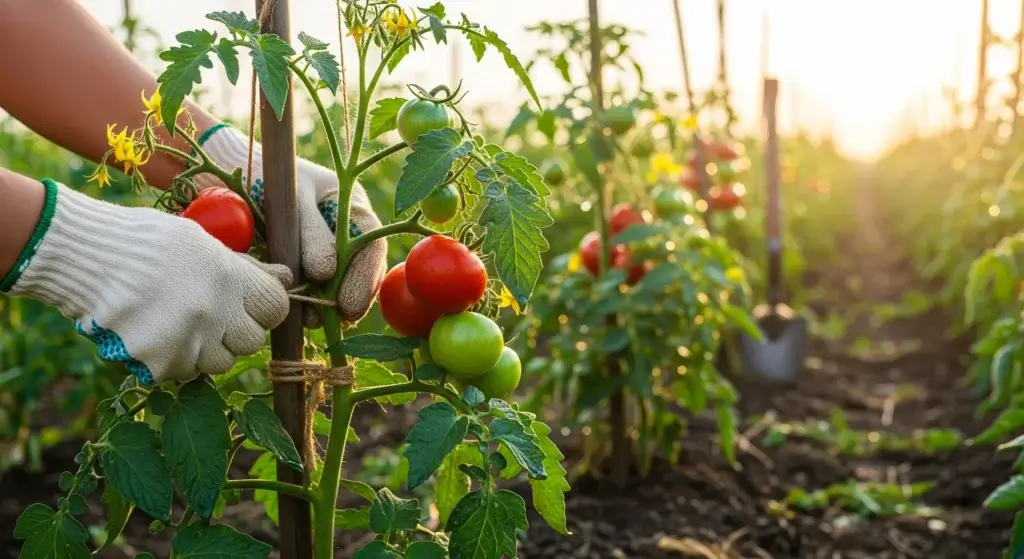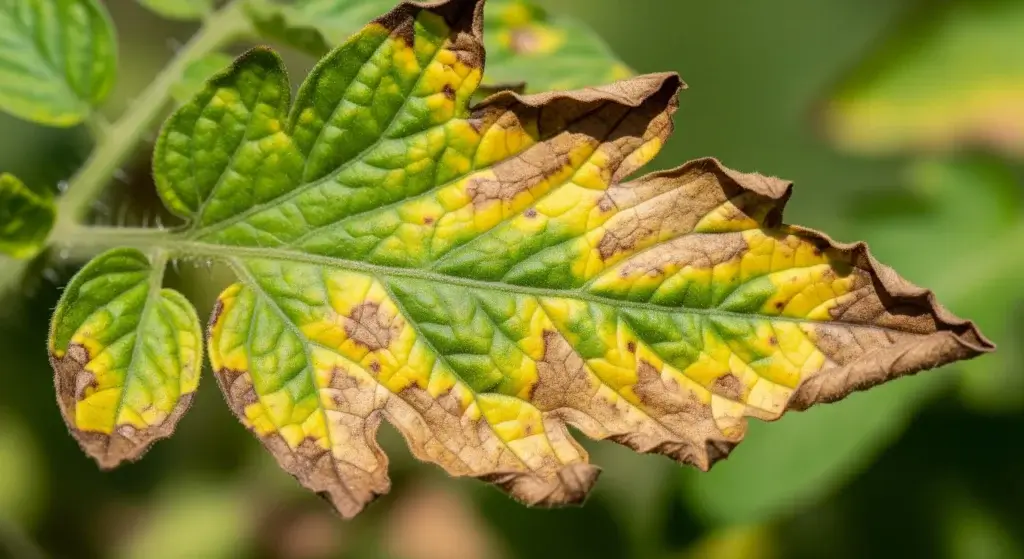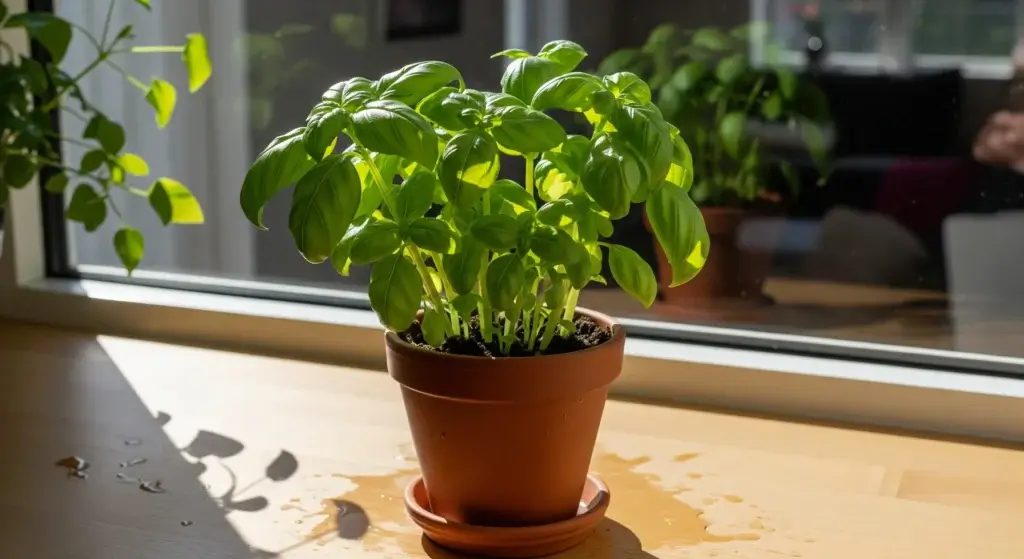
Growing lettuce at home is a satisfying way to enjoy fresh, crisp greens straight from your garden.
But even experienced gardeners can run into problems that affect their harvest.
Here are some common mistakes and how to avoid them for a healthy, productive crop.
By understanding these challenges and making small adjustments, you can ensure your lettuce thrives and provides plenty of delicious leaves for your meals.
Mistake #1: Choosing the Wrong Variety
Not all lettuce is the same—some types grow better in certain conditions than others.
You’ll find varieties like loose-leaf, romaine, butterhead, and iceberg, each with different needs.
Some handle heat well, while others prefer cooler weather.
If you plant a heat-sensitive variety in summer, it may bolt (go to seed) too quickly, making leaves bitter.
How to fix it
- Check your local climate and growing season.
- For hot areas, try heat-resistant types like ‘Summer Crisp’ or ‘Jericho’ romaine.
- In cooler weather, opt for ‘Buttercrunch’ or ‘Black-Seeded Simpson.’
- Read seed packets or ask at your garden center for the best match.
Mistake #2: Poor Soil Preparation
Lettuce loves rich, fluffy soil that drains well.
If your soil is too compact, too sandy, or lacks nutrients, your lettuce will struggle.
Poor soil can lead to weak plants, slow growth, or even disease.
How to fix it
- Test your soil’s pH—lettuce grows best between 6.0 and 7.0.
- If soil is too acidic, mix in a little lime to balance it.
- Boost fertility by adding compost or aged manure before planting.
- Loosen the soil with a fork or tiller so roots can spread easily.

Mistake #3: Planting at the Wrong Time
Lettuce is a cool-weather lover—it thrives when temperatures stay between 60°F and 70°F (15°C to 21°C).
If you plant it in the middle of summer, the heat can shock the plants, making them bolt (flower and turn bitter) before you get a good harvest.
How to fix it
- Spring planting: Sow seeds as soon as the soil can be worked, a few weeks before the last frost.
- Fall planting: Start seeds in late summer for a crisp autumn harvest.
- Hot climates: Grow lettuce in partial shade or use shade cloth to protect it from scorching sun.
- Stagger plantings every 2 weeks for a continuous supply.
Mistake #4: Not Enough Sunshine (or Too Much!)
Lettuce needs sunlight to grow tender, flavorful leaves—but too much can backfire.
While 6 hours of sun per day is ideal, intense afternoon heat can stress plants and trigger early bolting.
How to fix it
- In mild climates: Full sun is usually fine.
- In hot areas: Plant where lettuce gets morning sun and afternoon shade (like under taller plants or near a fence).
- Use shade cloth if temperatures spike above 80°F (27°C).
- Container tip: Move pots to a shadier spot during heatwaves.

Mistake #5: Forgetting to Water Regularly
Lettuce is mostly water—so if you forget to water regularly, it shows.
Dry spells make leaves tough and bitter, while overwatering drowns roots and invites disease.
The trick is keeping soil evenly moist, like a wrung-out sponge.
How to fix it
- Check soil daily—if the top inch feels dry, it’s time to water.
- Water gently at the base (not leaves) to prevent mildew.
- Mulch with straw or compost to lock in moisture and cool roots.
- Morning watering is best—it gives plants time to drink before heat hits.
Mistake #6: Planting Too Close Together
It’s tempting to pack lettuce in tight, but cramped plants compete for light, water, and nutrients.
Poor airflow also invites mold and pests.
Think of it like seating on a bus—everyone needs elbow room!
How to fix it
- Leaf lettuce (like mesclun): Space 4–6 inches apart.
- Romaine or butterhead: Give 8–12 inches to form heads.
- Thin seedlings early—snip extras with scissors to avoid disturbing roots.
- Grow in containers? A 12-inch pot fits 3 plants max.

Mistake #7: Ignoring Pests and Diseases
Lettuce is a magnet for unwanted visitors—aphids cluster under leaves, slugs munch holes overnight, and fungal diseases can quickly ruin your crop.
If you don’t catch problems early, you might lose plants before you get a single salad.
How to fix it
- Check leaves weekly for bugs, spots, or wilting.
- Blast aphids off with water or spray with insecticidal soap.
- Set up slug traps (like beer in a shallow dish) or use copper tape.
- Prevent disease by watering soil (not leaves) and spacing plants properly.
- Rotate crops yearly—don’t plant lettuce in the same spot twice.
Mistake #8: Not Harvesting at the Right Time
Lettuce has a sweet spot—pick too soon, and leaves are tiny; wait too long, and they turn tough and bitter.
Head lettuce left too long may even bolt in the heat.
How to fix it
- Leaf lettuce (like oakleaf or Lollo Rossa): Start picking outer leaves when they’re 3–4 inches long—about 30 days after planting.
- Romaine or butterhead: Harvest when heads feel firm and full-sized.
- Cut-and-come-again method: Snip leaves 1 inch above the soil; they’ll regrow for multiple harvests.
- Morning harvests are best—leaves are crisp and full of moisture.
Final Thoughts
Successfully growing lettuce involves attention to detail and an understanding of the plant’s needs.
By selecting the right variety, preparing the soil properly, planting at the appropriate time, providing adequate sunlight and water, spacing plants correctly, managing pests and diseases, and harvesting at the right moment, you can enjoy a continuous supply of fresh, homegrown lettuce.



